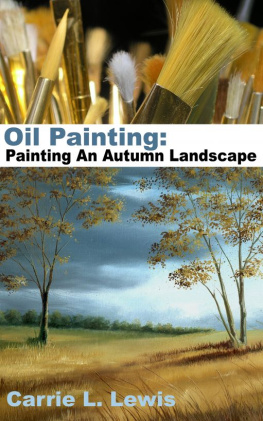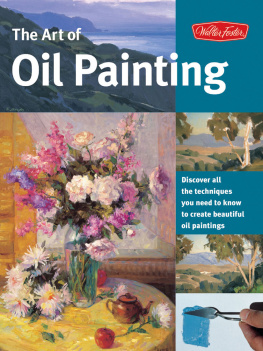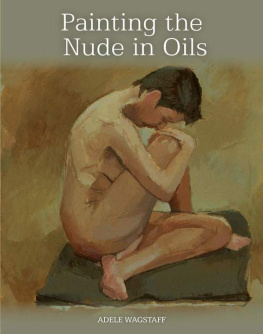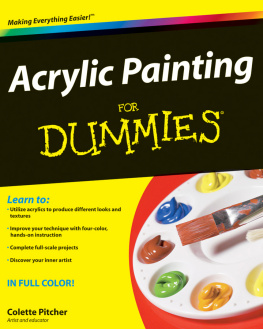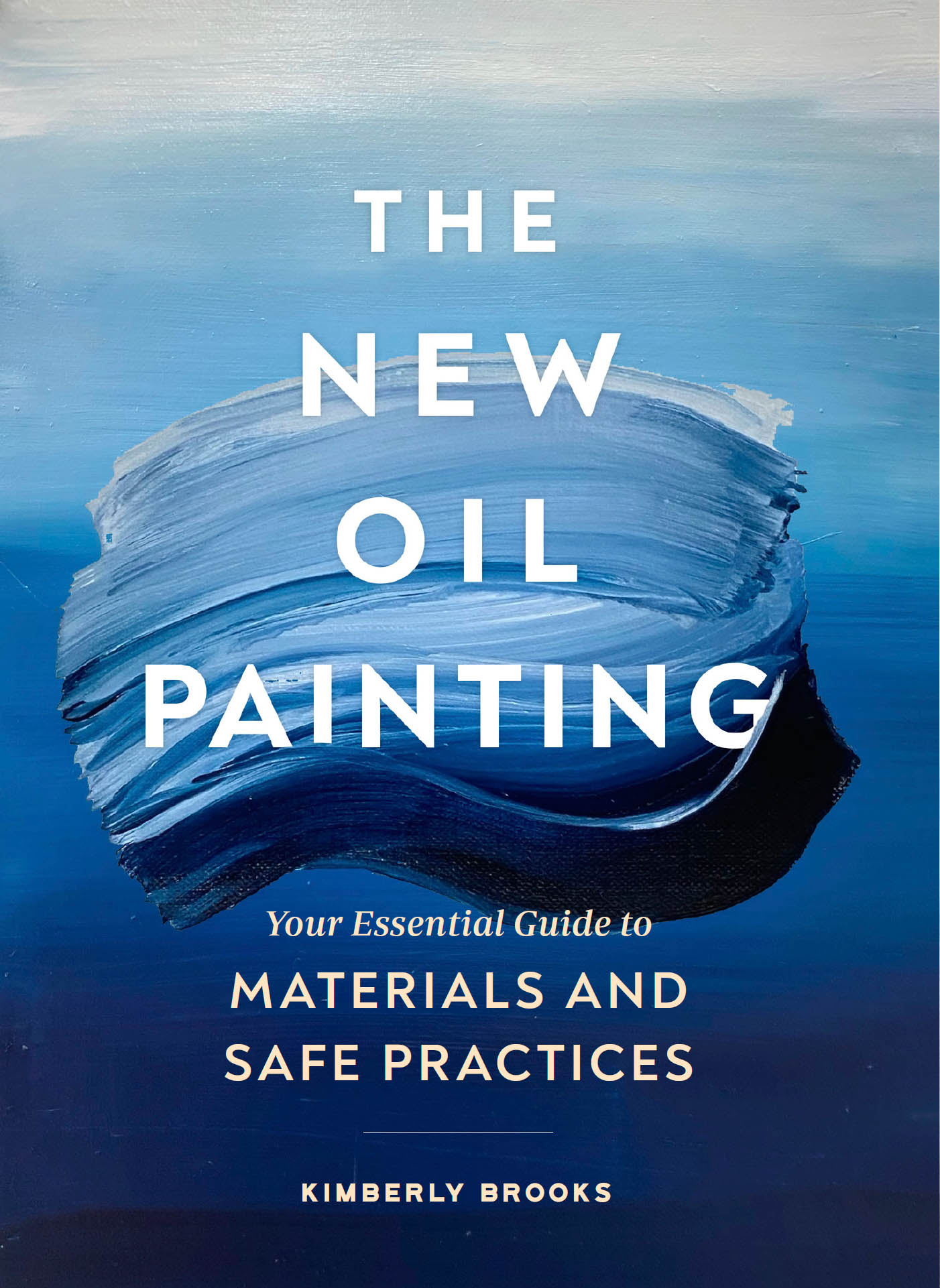Kimberly Brooks - The New Oil Painting: Your Essential Guide to Materials and Safe Practices
Here you can read online Kimberly Brooks - The New Oil Painting: Your Essential Guide to Materials and Safe Practices full text of the book (entire story) in english for free. Download pdf and epub, get meaning, cover and reviews about this ebook. year: 2021, publisher: Chronicle Books LLC, genre: Home and family. Description of the work, (preface) as well as reviews are available. Best literature library LitArk.com created for fans of good reading and offers a wide selection of genres:
Romance novel
Science fiction
Adventure
Detective
Science
History
Home and family
Prose
Art
Politics
Computer
Non-fiction
Religion
Business
Children
Humor
Choose a favorite category and find really read worthwhile books. Enjoy immersion in the world of imagination, feel the emotions of the characters or learn something new for yourself, make an fascinating discovery.

- Book:The New Oil Painting: Your Essential Guide to Materials and Safe Practices
- Author:
- Publisher:Chronicle Books LLC
- Genre:
- Year:2021
- Rating:3 / 5
- Favourites:Add to favourites
- Your mark:
The New Oil Painting: Your Essential Guide to Materials and Safe Practices: summary, description and annotation
We offer to read an annotation, description, summary or preface (depends on what the author of the book "The New Oil Painting: Your Essential Guide to Materials and Safe Practices" wrote himself). If you haven't found the necessary information about the book — write in the comments, we will try to find it.
Oil painting is an exciting and adventurous medium, but aspiring artists can feel daunted by complex setups and the thought of using harsh chemicals. All of that changes now. The New Oil Painting walks you step-by-step through oil painting fundamentalswhich materials you actually need, how to mix paint, how to set up your painting spaceand, most revolutionary of all, how to eliminate harmful solvents from your work and replace them with safe, effective substitutes. This instructional handbook is organized into chapters with helpful diagrams throughout illustrating various techniques and tools. Whether youre a true beginner or have been painting with oils for years, you will find that this book has everything you need to build a new, thriving, toxin-free practice.
UNIQUE APPROACH: Not only does this book help aspiring artists build a repertoire of skills and materials, it also offers all artists, regardless of their experience levels, methods for eliminating solvents and other toxic substances from their oil painting practices. What was once a dangerous pastime is now a guilt-free, health-conscious, and rewarding activity. And using safe, nontoxic materials is better for the environment!
LONG-TERM USE: Good art instruction can deliver over a long period of time, and this handy guide is no exception. Along with being able to use this as an entryway into oil painting, you can also use it for reference or reread sections when you need a brushup.
EXPERT AUTHOR WITH IMPRESSIVE CREDENTIALS: Painter Kimberly Brooks was the founding arts editor at Huffington Post. As a painter, she exhibits her work frequently throughout the United States and was a featured artist with the National Endowment for the Arts. She has led oil painting workshops, and now she shares her vast knowledge of the subject in this accessible and comprehensive handbook.
Perfect for:
Artists and art aspirants interested in exploring a new medium
Experienced oil painters looking to eliminate solvents from their practices
Painting students and teachers
Kimberly Brooks: author's other books
Who wrote The New Oil Painting: Your Essential Guide to Materials and Safe Practices? Find out the surname, the name of the author of the book and a list of all author's works by series.



